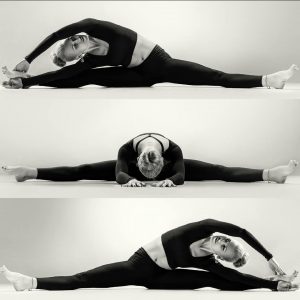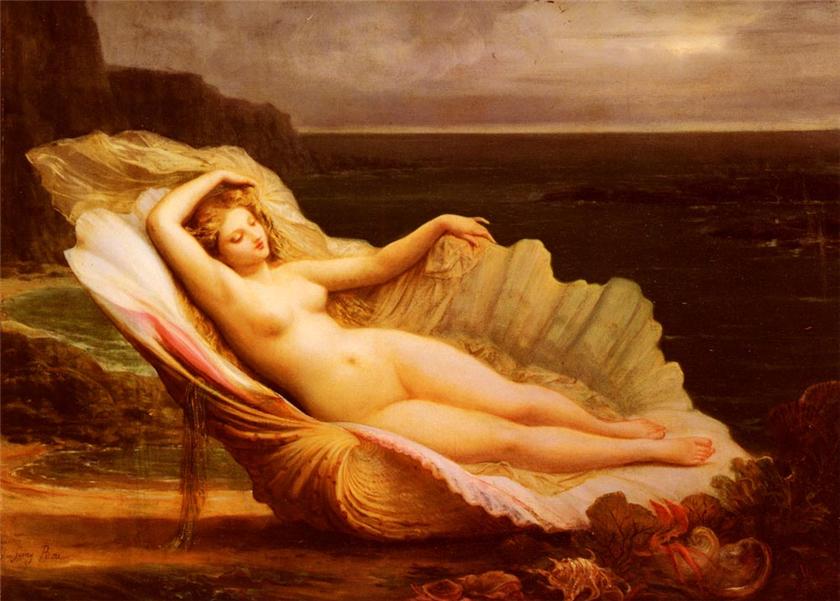YIN YOGA. What it is?
 What is yin yoga?
What is yin yoga?
Yin yoga is a passive practice, based on a sequence of asanas that are maintained over long periods of time (from 2 to 20 minutes).
Due to a long stay in each asana, very deep layers of tissues that are usually not affected by the practice of yoga are included in the work and released. And with them, energy blocks are released, blocked emotions rise and transform.
Thanks to this approach, the deepest study and purification at the emotional, energy, physical and psychological levels takes place in Yin Yoga.
Origin and history
The practice of Yin Yoga is based on the symbiosis of Chinese and Indian cultures, based on the principles of the Taoist system and Hatha yoga, the doctrine of the chakras and energy channels. Yin Yoga acquired its modern look in the 1970s thanks to martial artist and Taoist yoga teacher Paulie Zink. Today, this direction of yoga is actively developed by such teachers as Paul Grilley (Paul Grilley), Sarah Powers (Sara Powers), Bernie Clark (Bernie Clark).
Philosophy and Principles
The concept of Yin Yoga comes from a Taoist system based on the concept of the duality of the world, the existence of two principles of yin and yang, which arose from a single flow of qi energy (Qi). The whole world, including man, consists of yang and yin: the sun and moon, heaven and earth, movement and stillness, alternating day and night, heat and cold, inhale and exhale. In a person, qi energy (in Chinese culture) or prana (in Indian culture) flows along the meridians (in Chinese culture) or the nadi energy channels (in Indian culture), from the chakra to the chakra. Meridians entangle the human body as irrigation canals. Human energy circulates through the channels in the connective tissue to each cell of our body. The practice of yin yoga purifies these energy channels, the practice of yang yoga enhances the flow of energy through these channels.
The modern theory of the meridian also considers the physical body of a person from the principle of duality yin and yang: muscle is yang, and connective tissue is yin.
It is important to consider the nature of the tissue when building exercises for them. Connective tissue works well in slow mode, passivity and a long delay in the asana are the best effects on stiff connective tissue. Muscle training involves more intense exercise – movement and repetition.
* Connective tissue is the main supporting and protective tissue of the body, the basis of all its connecting and supporting structures. In a broad sense, these are several different tissues that form connective tissue structures – bones, tendons, ligaments, joints, dermis and blood vessels. Connective tissue accounts for up to 50% of the mass of the human body. Each cell, each organ is framed by connective tissue.
Yin yoga practice
The practice of Yin Yoga is aimed at working with connective tissue. The soft, relaxed performance of asanas for a long time (from 2 minutes) allows you to safely act on connective tissue using the gravity of your own body.
The key point in performing Yin Yoga asanas is the complete relaxation of the muscles that are affected. If the muscle is tense, it takes on the entire load and does not reach the connective tissue. The whole yin approach makes no sense. Exit Yin Yoga asanas must be done slowly and carefully.
Four basic principles
When practicing Yin Yoga, one should adhere to these principles:
– optimal comfortable level of intensity
– mindfulness when doing
– long delay in poses
– careful exit from the asana
How is the lesson
In the classes, the lower body (thighs, pelvis, inner thighs), the lumbar and thoracic spine, chest and shoulder girdle are studied. It is in these areas that the largest number of connective tissues. Each asana is held on average from three to six minutes. In this case, the muscles are absolutely relaxed. The focus is on breathing and watching your emotions.
In the classroom, auxiliary materials are used: pillows, bolsters, blocks. The practice of yin yoga is a cold practice, so we advise you to dress more warmly, but clothing should not hamper movement.
The benefits of regular practice
– Relaxes deep layers of connective tissue
– Increases the range of motion of the joints
– Activates blood circulation and improves flexibility
– Heals the back, freeing the spine
– Enhances energy movement, removes energy blocks
– Improves the functioning of internal organs and the immune system
– Harmonizes the emotional state
– Eliminates stress and anxiety
– Teaches you to hear your body and calmly accept all the sensations that appear
Contraindications
In case of joint diseases, we advise you to consult a doctor




